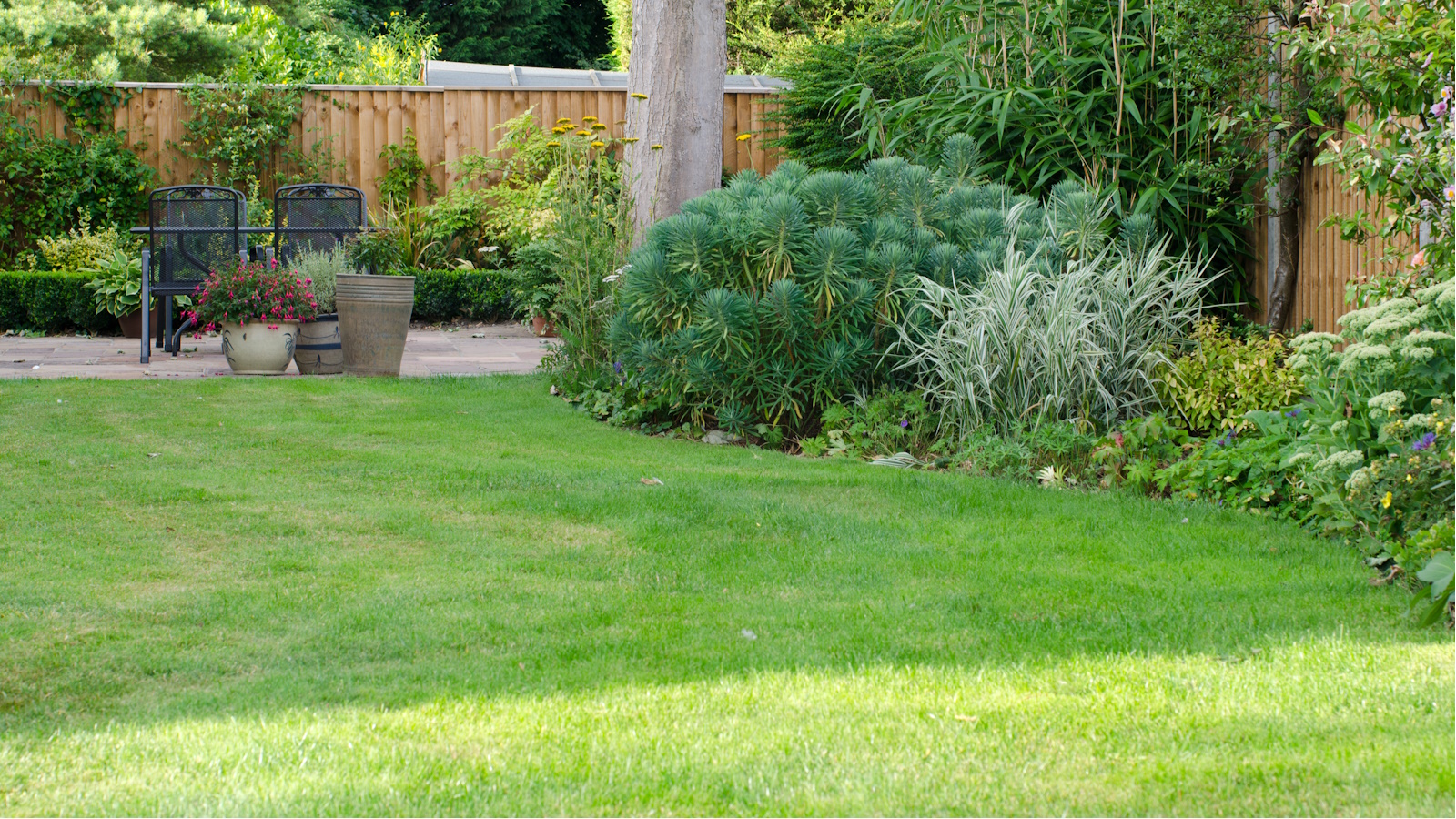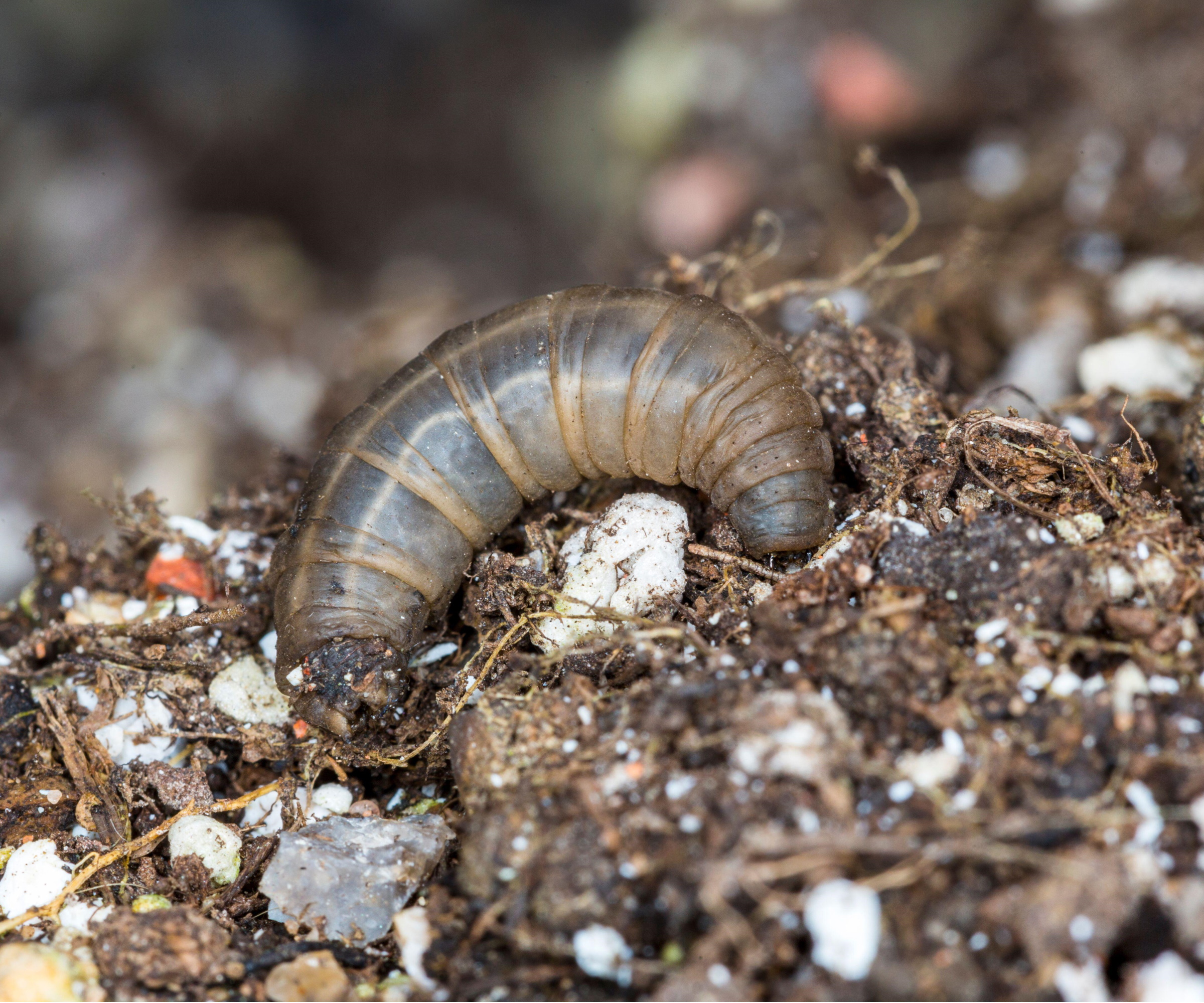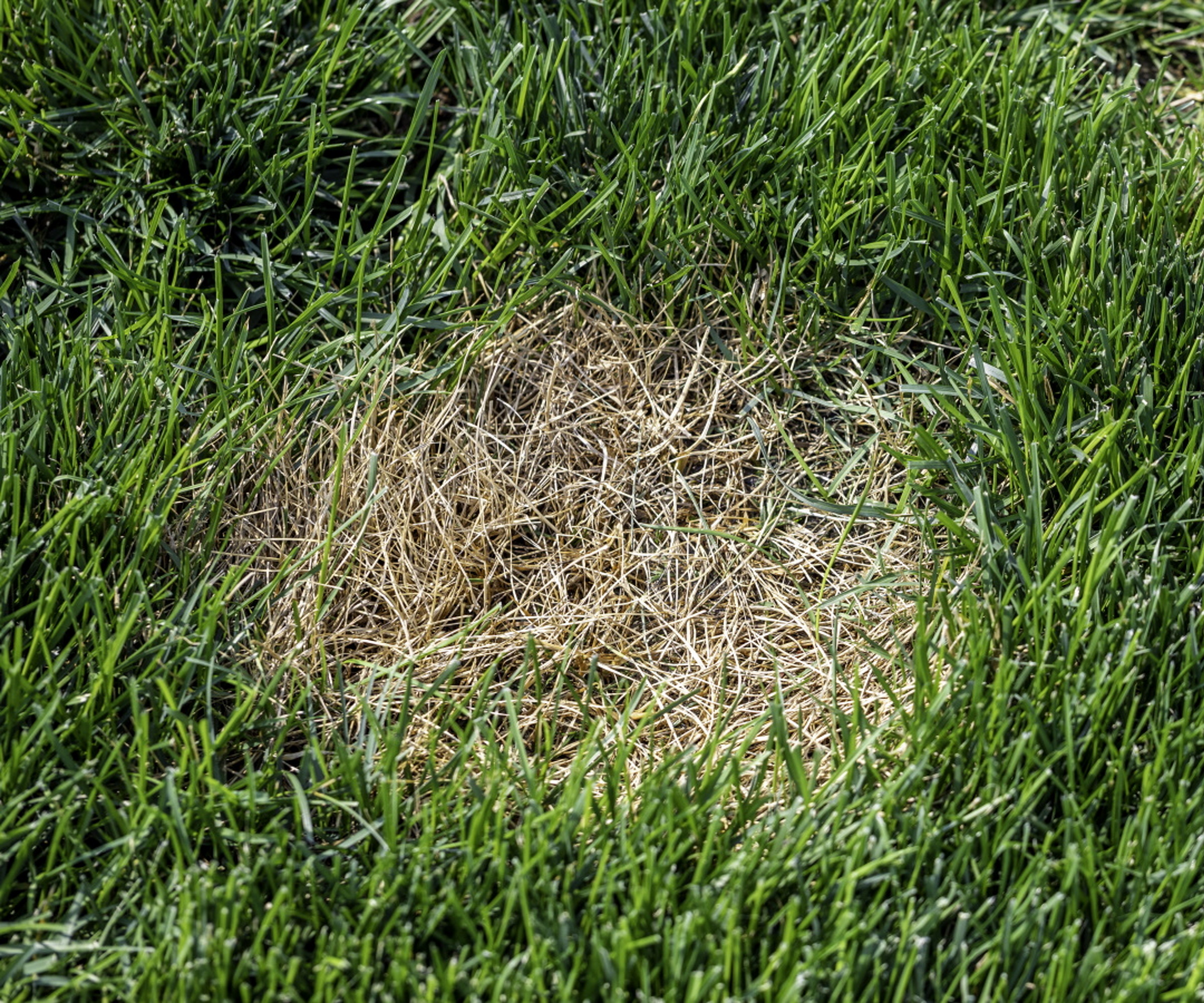How to get rid of leather jackets – Experts reveal how to save your lawn
There are a few things you can do to stop crane fly larvae feeding on your lawn


A recent influx of videos across social media has brought leather jackets to many gardeners' attention. The larvae of crane flies, known as leather jackets, can be damaging to lawns and are worth dealing with as soon as possible to avoid further damage.
If you're keeping on top of your lawn care but find your lawn is yellow still, leather jackets could be the problem. These pests feed on grass roots, causing dead and discolored patches. That's why it's important to deal with this pest problem to ensure your lawn doesn't become further damaged.
We've asked experts about how to get rid of leather jackets and what kind of damage they cause.

What are leather jackets?
'The larvae of crane flies are known as leather jackets. Their bodies are long, grey-brown and usually divided into segments. They are found under soil surfaces, especially on lawns or turf,' says Allan Bossel, pest control expert.
While leather jackets may not look intimidating, experts note they can cause quite a bit of damage to lawns.
'Your lawn may get patches of brown or yellow discoloration as a result of their feeding on the roots and stems of the grass. These patches might not look like much at first, but if they are not addressed they can spread quickly and become unattractive blotches in otherwise gorgeous, green lawns,' says Allan.
The way leather jackets feed on lawn is what causes the damage. Failing to deal with the problem could cause further damage and kill more of your grass. Luckily, experts have told us how to get rid of leather jackets and prevent further harm to your lawn.
Design expertise in your inbox – from inspiring decorating ideas and beautiful celebrity homes to practical gardening advice and shopping round-ups.

Allan Bossel currently serves as an Operations Expert at BBE Bed Bug Exterminator, where his extensive experience in bed bug and pest control allows him to maximize BBE’s service potential. Having founded his own pest control business in Michigan, Allan’s background is rich with over a decade of professional pest extermination and lab work experience.
How to get rid of leather jackets

The first thing you should do if you think you have a leather jacket infestation is put precautions in place to prevent more appearing.
'Leather jackets thrive in moist soils, so you can deter them by avoiding overwatering,' says Allan.
It's best to avoid lawn watering mistakes so that you don't water your lawn for too long. This will help deter crane flies by creating an uninhabitable environment.
'Regular aeration of your lawn can also disrupt their lifecycle and make the environment less hospitable for them,' Allan adds.
To get rid of the leather jackets already in your lawn, there are a few things you can do. 'While pesticides are an option, a more eco-friendly approach would be to use nematodes, microscopic worms that are natural predators of leather jackets,' says Allan.
Allan suggests applying nematodes to your lawn during cooler months when leather jackets are in the larval stage. 'This can effectively eliminate them,' he says.
Nematodes are widely available online, like these nematodes from Walmart or this leather jacket nematode treatment from Amazon.
FAQs
How do you revive a leather jackets-damaged lawn
Although possible, reviving a lawn from leather jacket damage can take some time.
'The dead grass might need to be removed before you reseed or returf the affected areas,' says Allan Bossel, pest control expert. 'Patience is key. The new grass needs time to grow and it might take several weeks or even months before your lawn regains its original beauty,' he adds.
Keeping on top of lawn care can help nurture your lawn back to health. 'Be sure to monitor your lawn for signs of leather jacket presence during this time to prevent a repeat of the damage,' says Allan.
If you notice damage from leather jackets, it's a good idea to prevent and remove them to stop your lawn becoming damaged any further. Find out more about protecting your lawn from pests by researching when to apply grub control. If you see your potted plants suffering in a similar way to your leather jackets-infested lawn, discover how to get rid of vine weevil grubs - pests that have similarly feed on plant roots.

Tenielle is a Gardens Content Editor at Homes & Gardens. She holds a qualification in MA Magazine Journalism and has over six years of journalistic experience. Before coming to Homes & Gardens, Tenielle was in the editorial department at the Royal Horticultural Society and worked on The Garden magazine. As our in-house houseplant expert, Tenielle writes on a range of solutions to houseplant problems, as well as other 'how to' guides, inspiring garden projects, and the latest gardening news. When she isn't writing, Tenielle can be found propagating her ever-growing collection of indoor plants, helping others overcome common houseplant pests and diseases, volunteering at a local gardening club, and attending gardening workshops, like a composting masterclass.